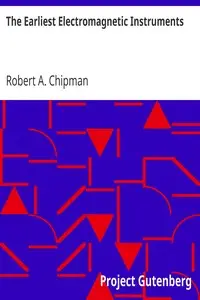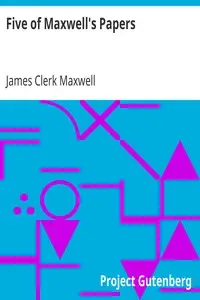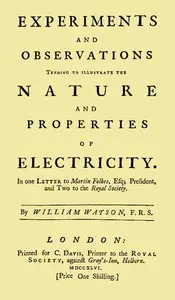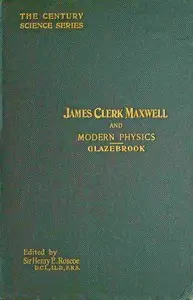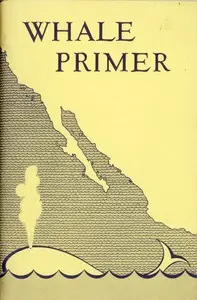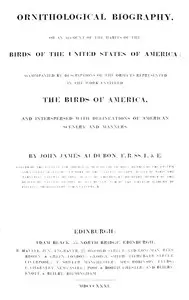"Clerk Maxwell's electromagnetic theory" by H. A. Lorentz is a scholarly lecture from 1923 focusing on James Clerk Maxwell's revolutionary electromagnetic theory. It outlines Maxwell's pivotal role in unifying electricity, magnetism, and light into a single, coherent theory, thereby resolving previous inconsistencies in electrodynamics and optics. Lorentz illustrates how Maxwell’s work not only simplified existing scientific thought but also introduced groundbreaking ideas, such as the concept of light as an electromagnetic wave. The text further elaborates on the impact of Maxwell's equations, covering concepts like Poynting's theorem an electromagnetic momentum, emphasizing their enduring significance as the cornerstone of modern physics and electromagnetic field studies, even amidst evolving scientific paradigms.
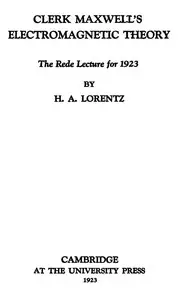
Clerk Maxwell's electromagnetic theory
By H. A. (Hendrik Antoon) Lorentz
Discover how one scientist's brilliant equations illuminated the hidden connections between light, electricity, and magnetism, shaping our modern understanding of the universe.
Summary
About the AuthorHendrik Antoon Lorentz was a Dutch physicist who shared the 1902 Nobel Prize in Physics with Pieter Zeeman for the discovery and theoretical explanation of the Zeeman effect. He derived the Lorentz transformation of the special theory of relativity, as well as the Lorentz force, which describes the combined electric and magnetic forces acting on a charged particle in an electromagnetic field. Lorentz was also responsible for the Lorentz oscillator model, a classical model used to describe the anomalous dispersion observed in dielectric materials when the driving frequency of the electric field was near the resonant frequency of the material, resulting in abnormal refractive indices.
Hendrik Antoon Lorentz was a Dutch physicist who shared the 1902 Nobel Prize in Physics with Pieter Zeeman for the discovery and theoretical explanation of the Zeeman effect. He derived the Lorentz transformation of the special theory of relativity, as well as the Lorentz force, which describes the combined electric and magnetic forces acting on a charged particle in an electromagnetic field. Lorentz was also responsible for the Lorentz oscillator model, a classical model used to describe the anomalous dispersion observed in dielectric materials when the driving frequency of the electric field was near the resonant frequency of the material, resulting in abnormal refractive indices.

